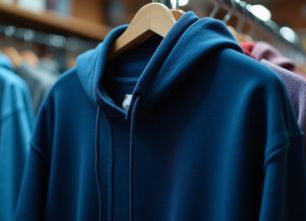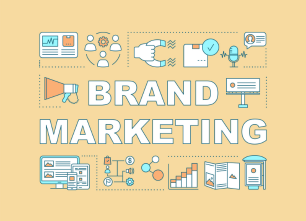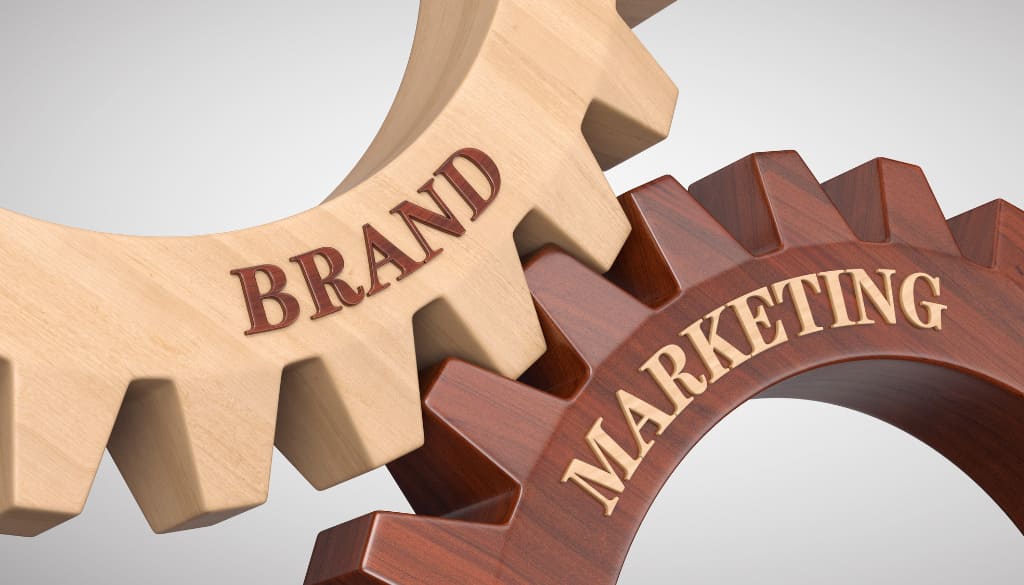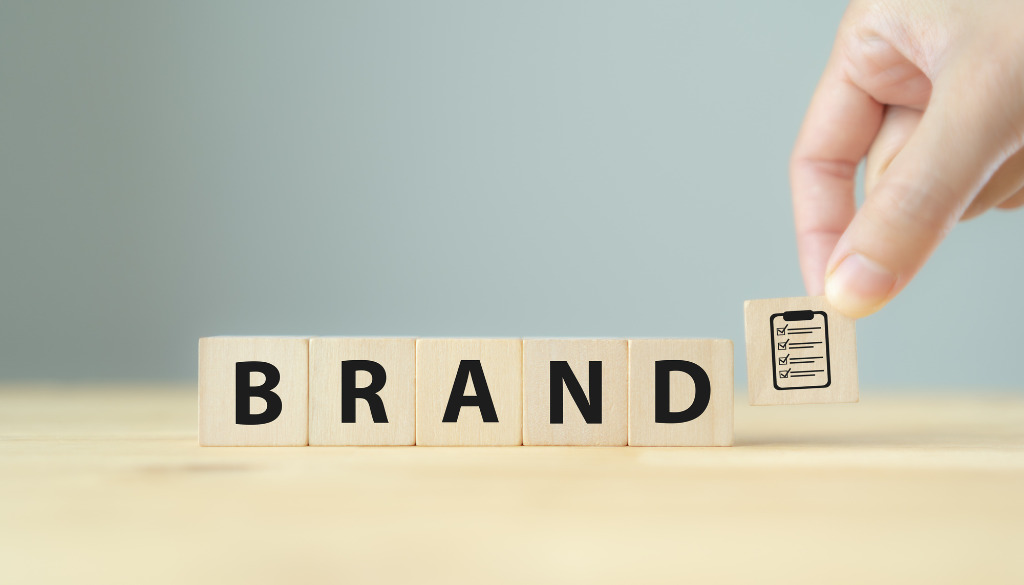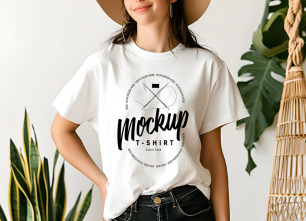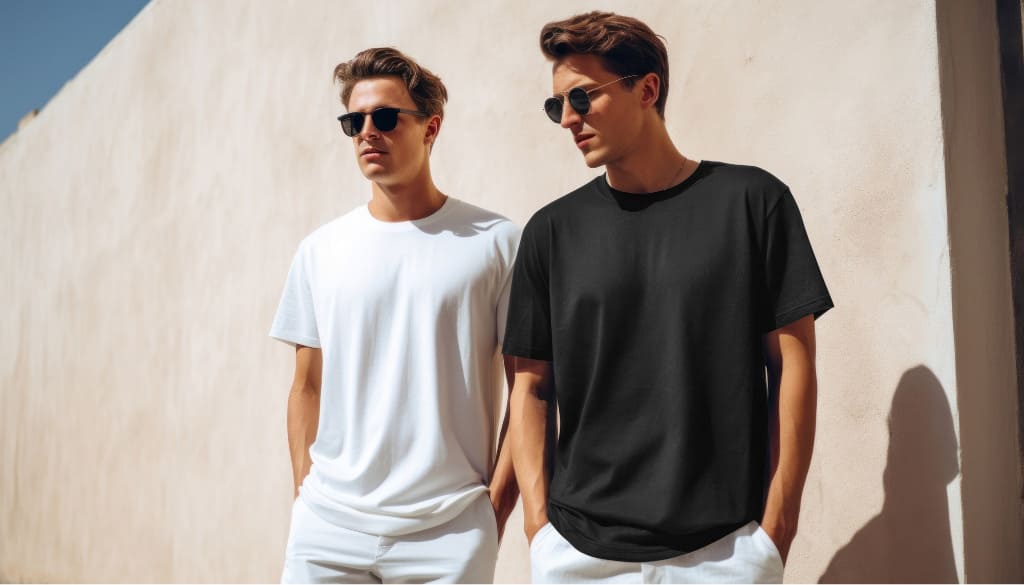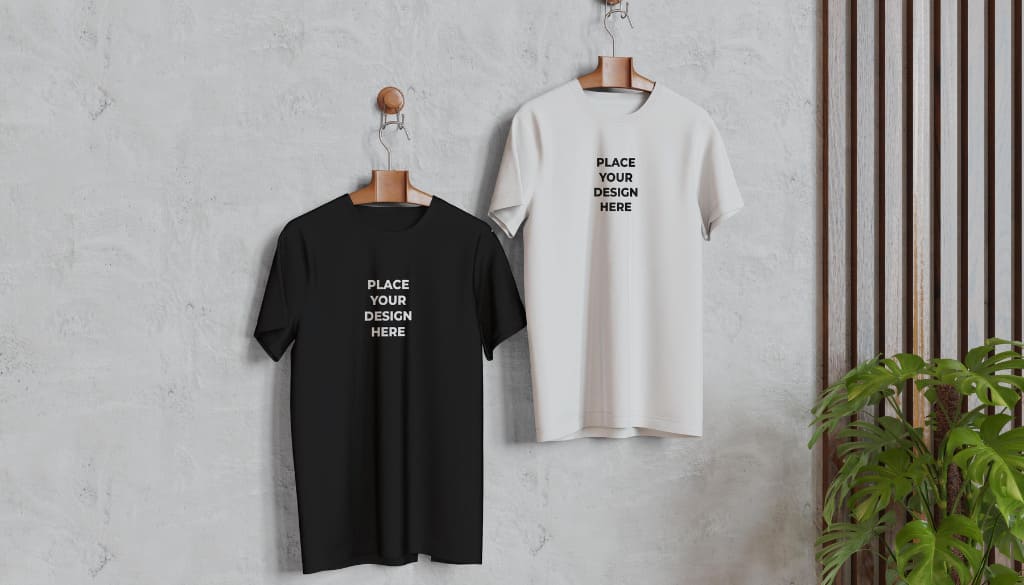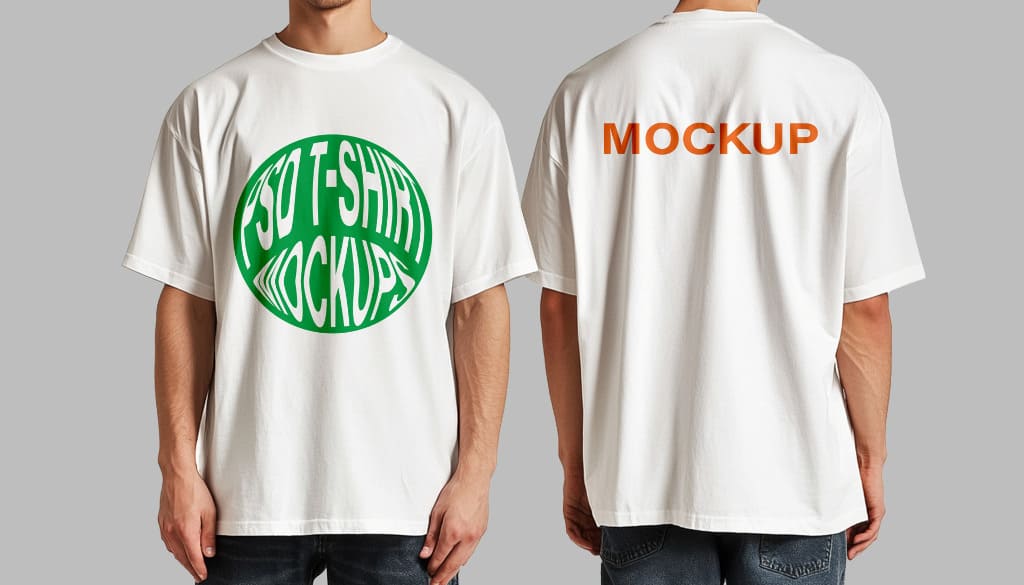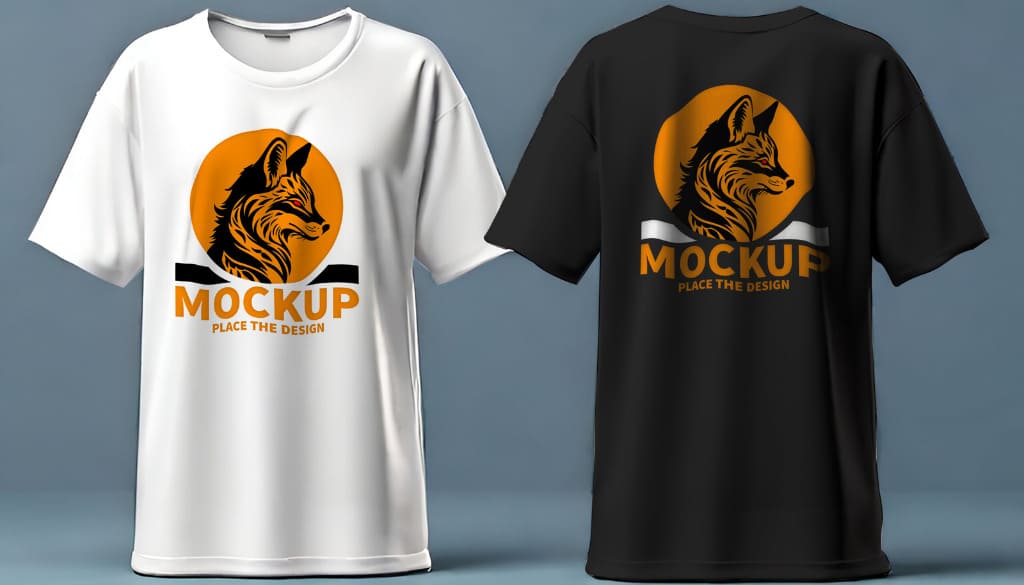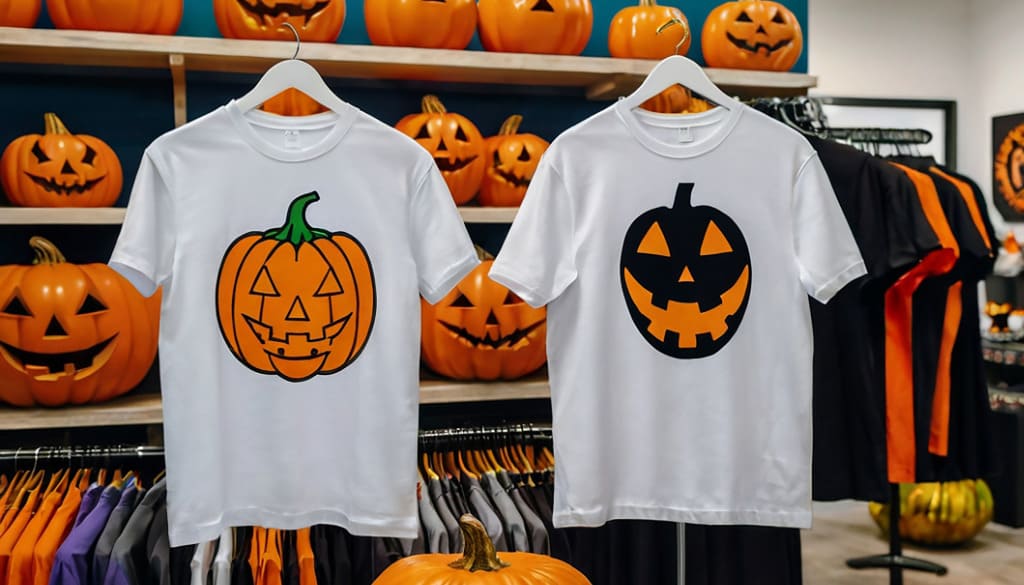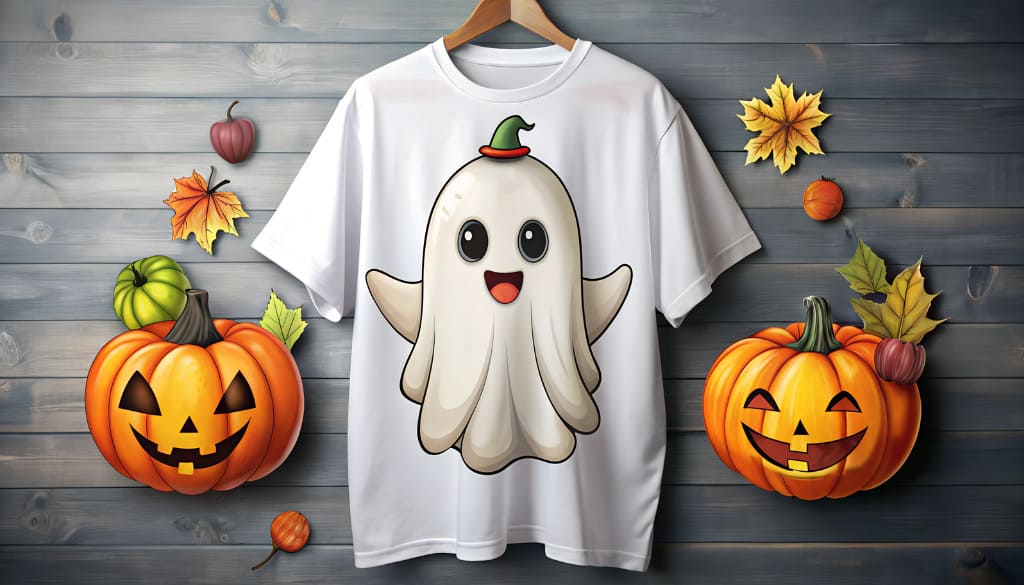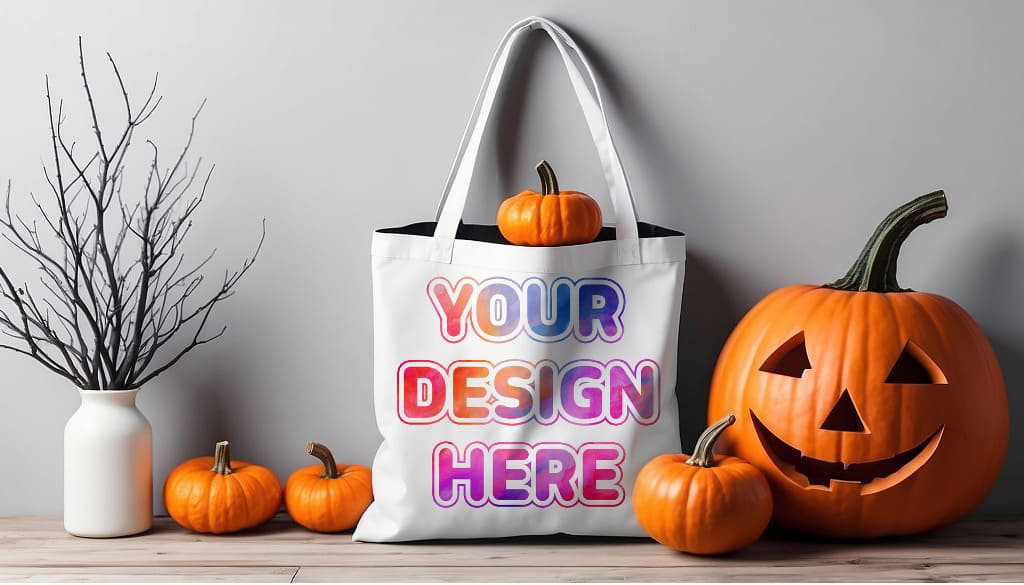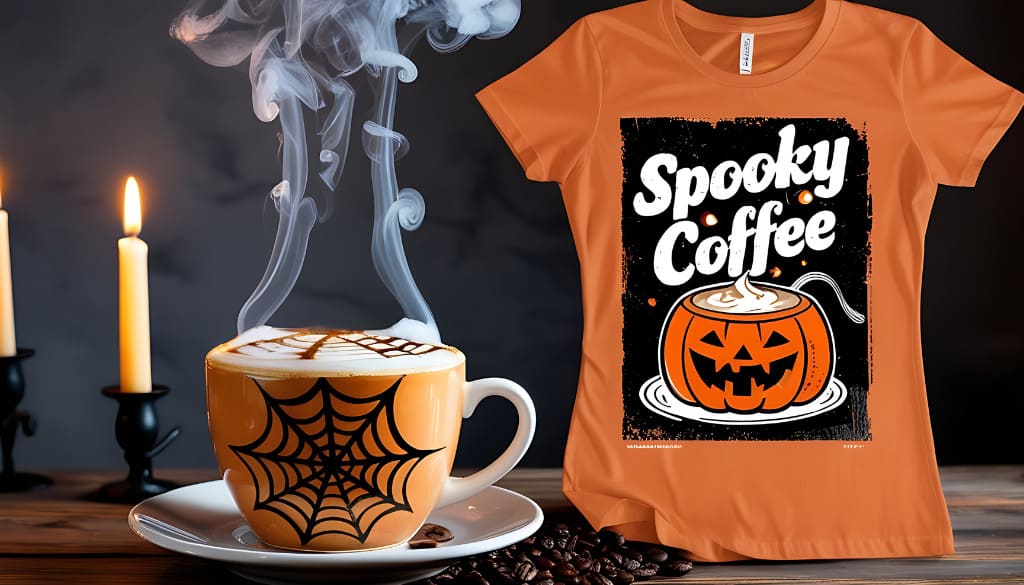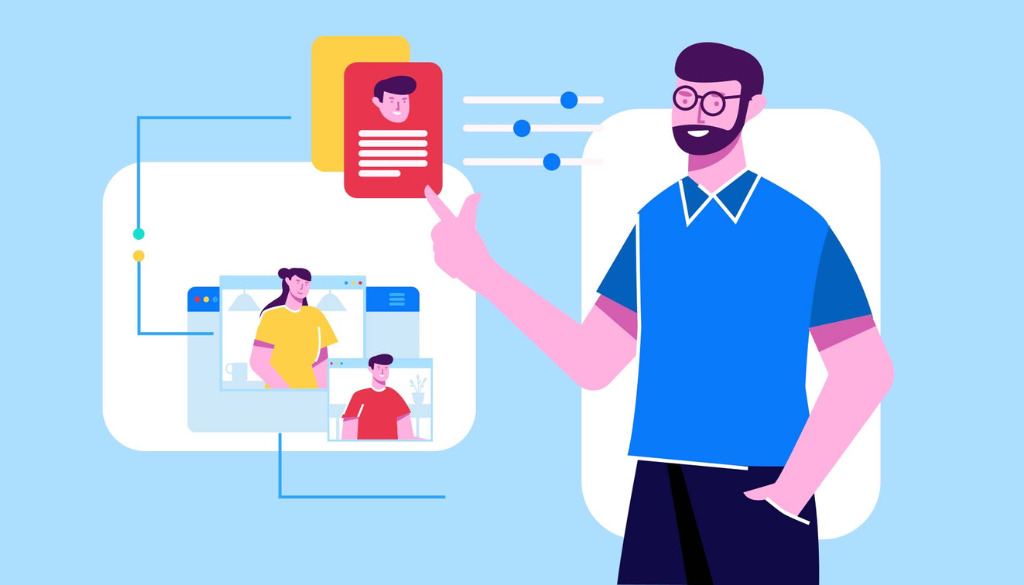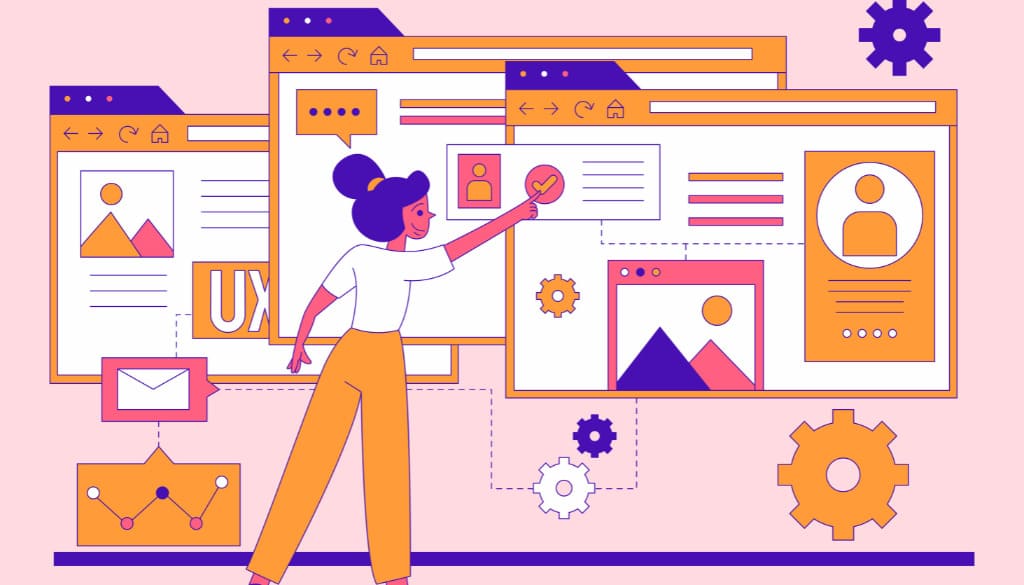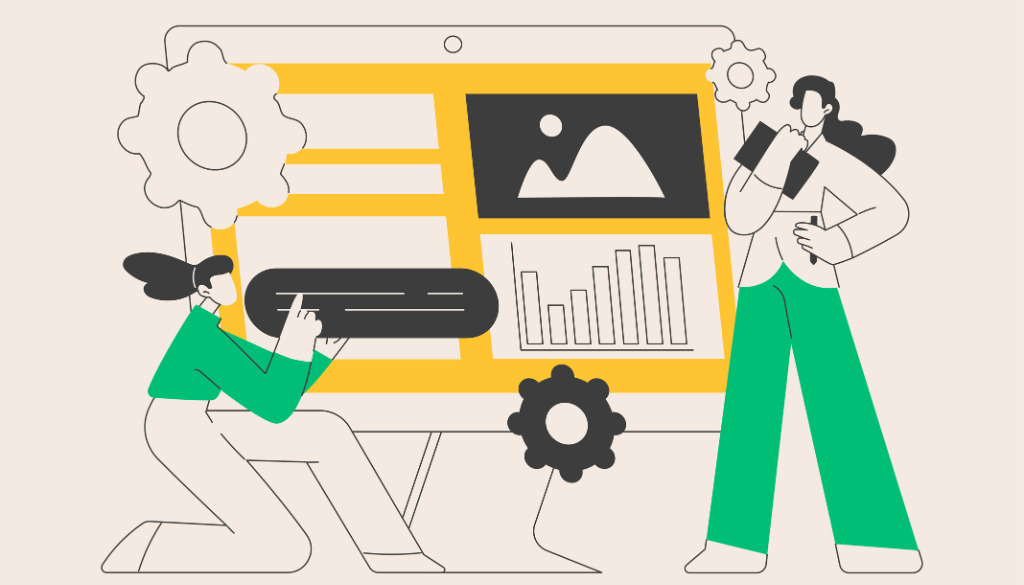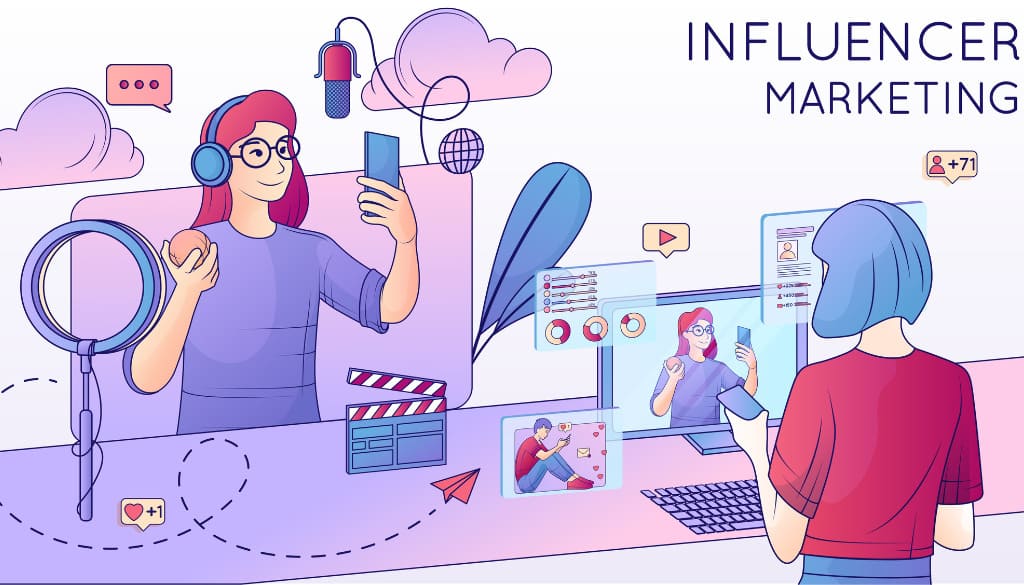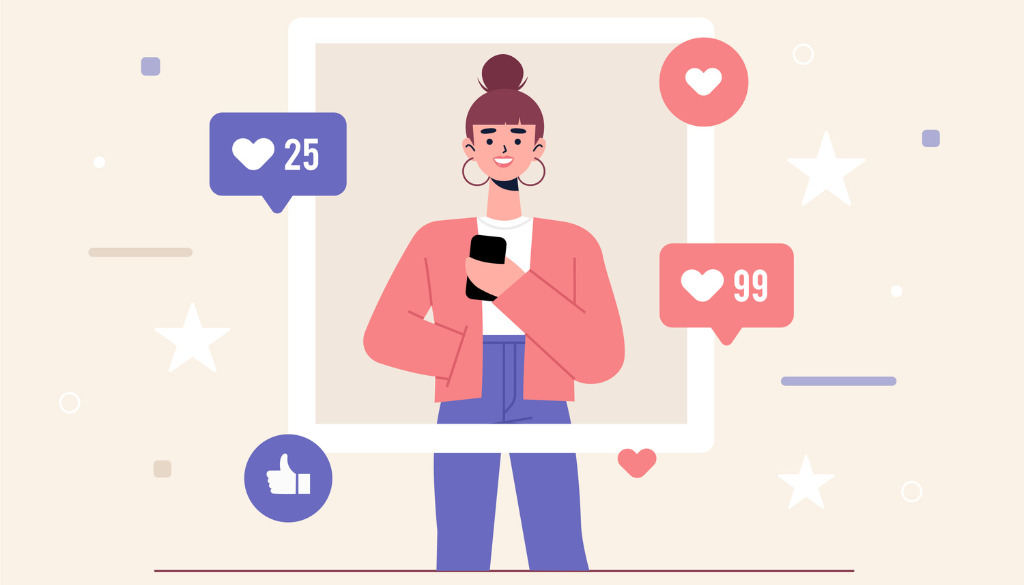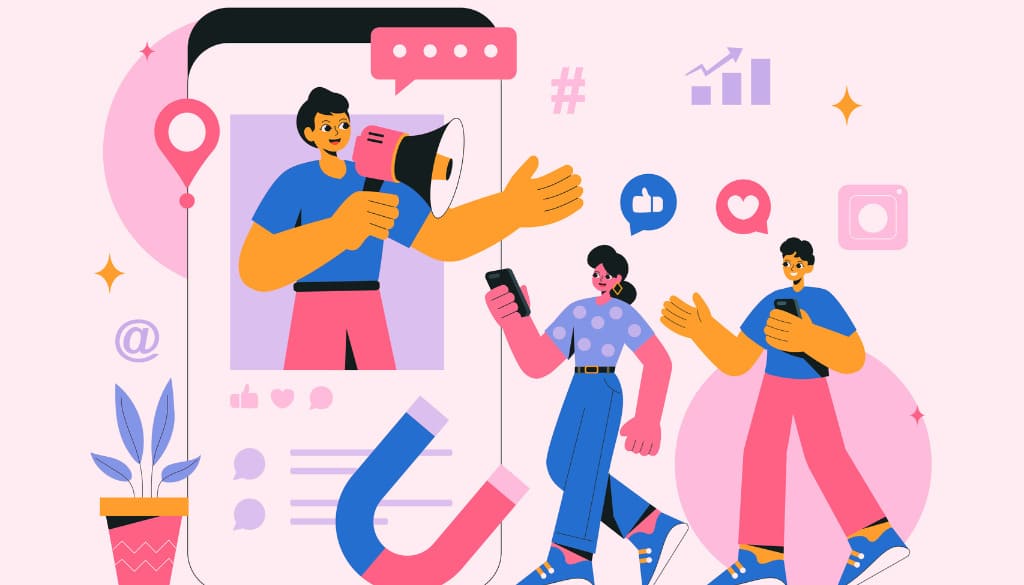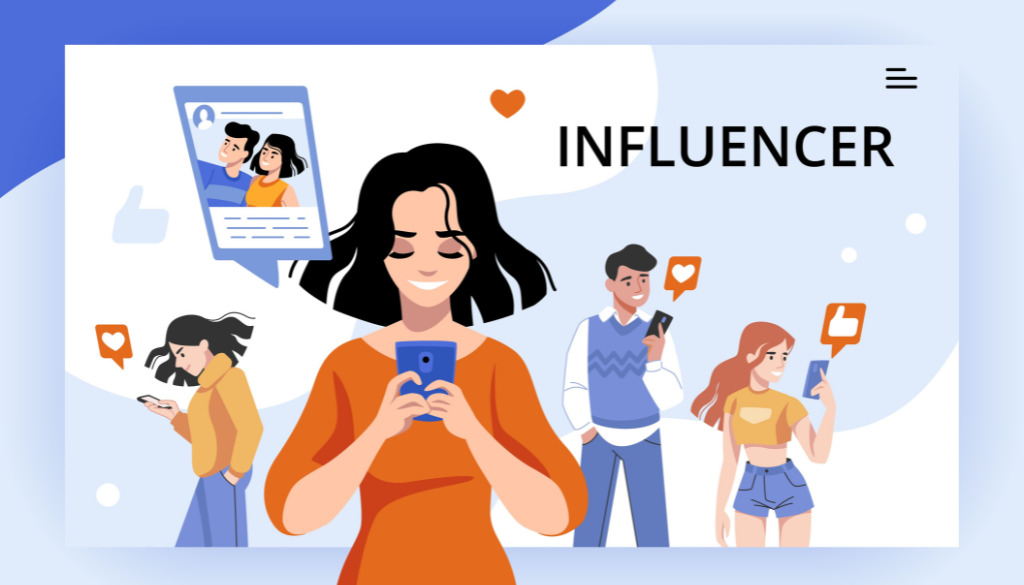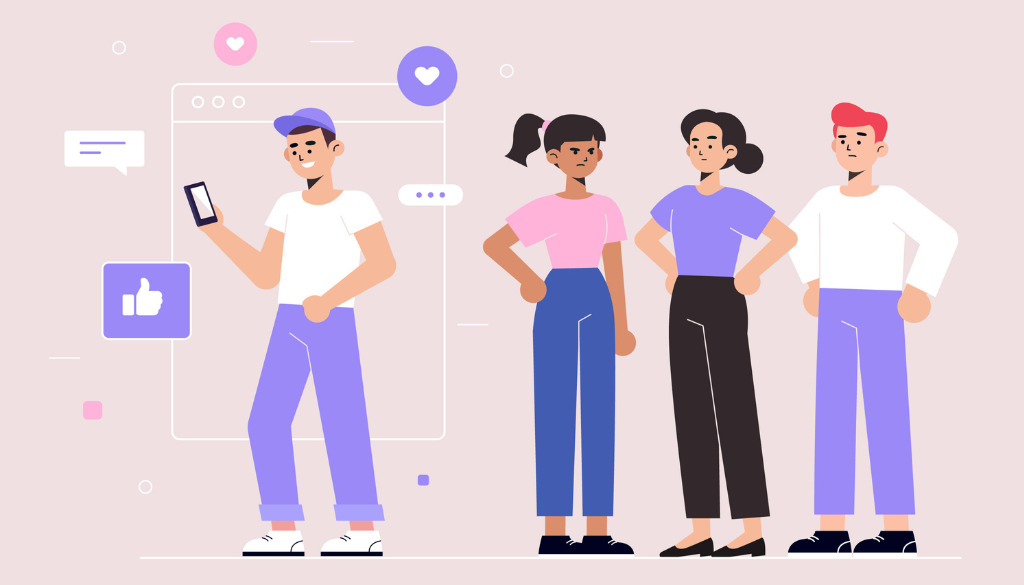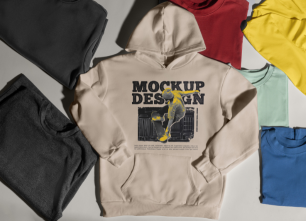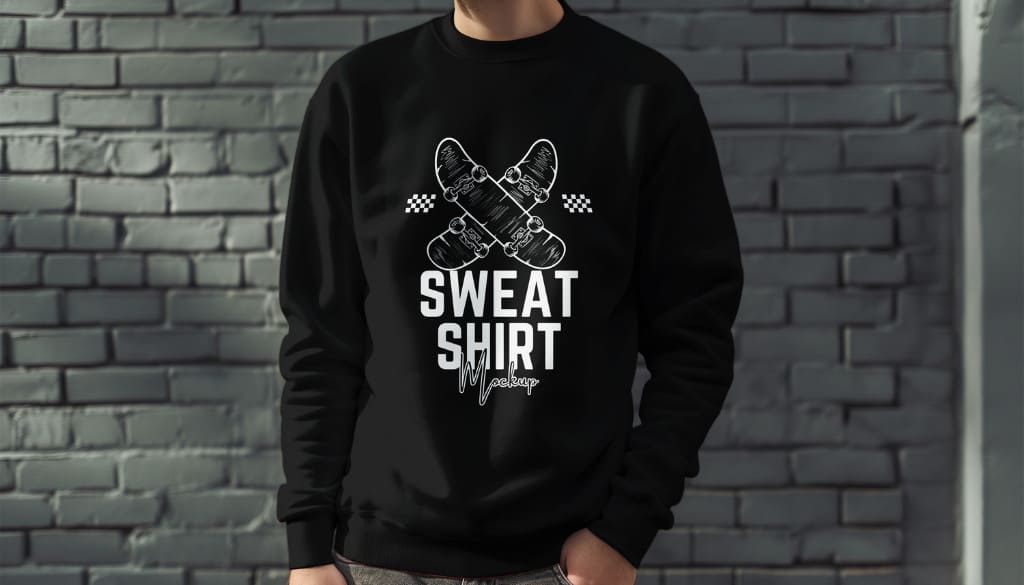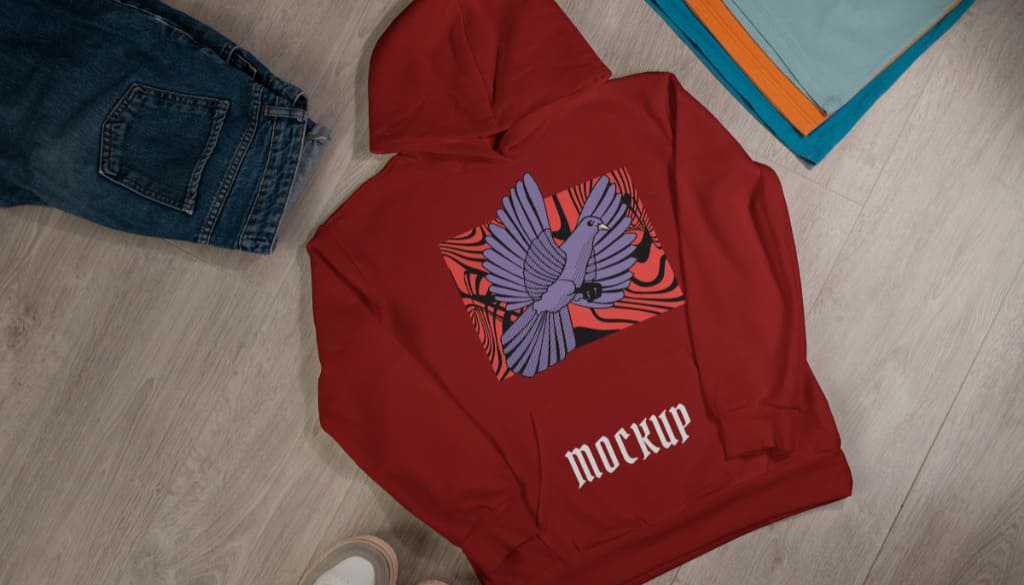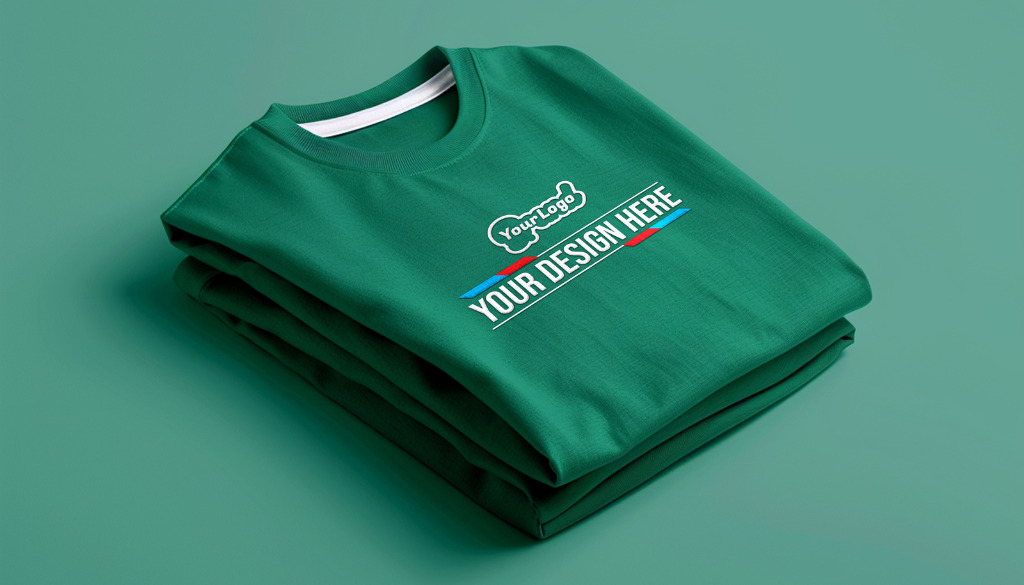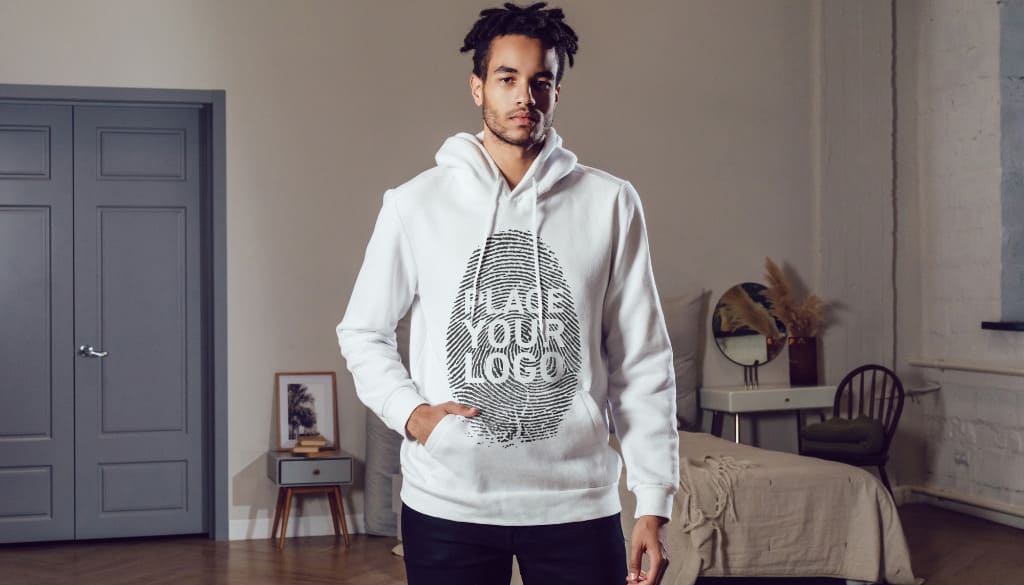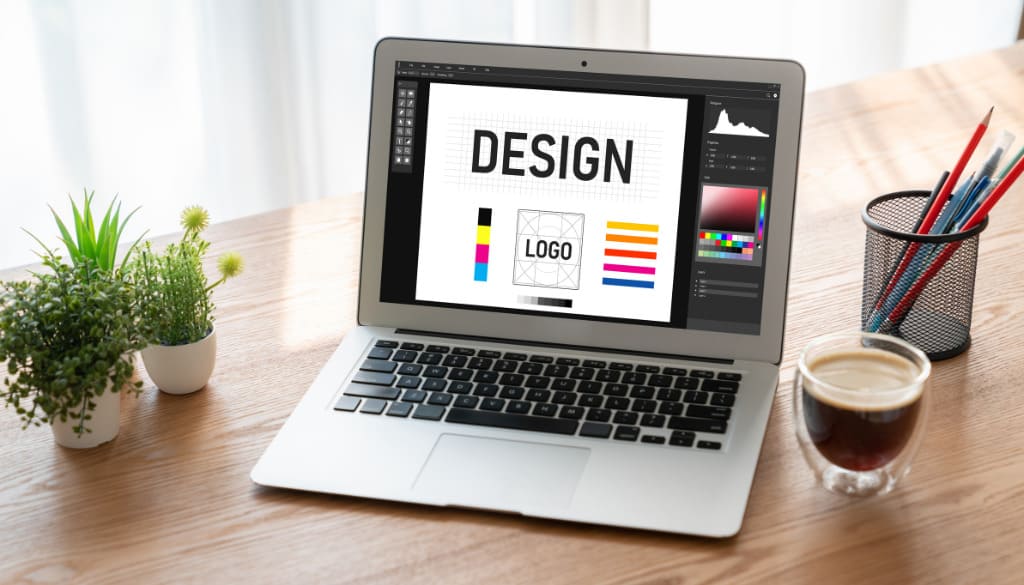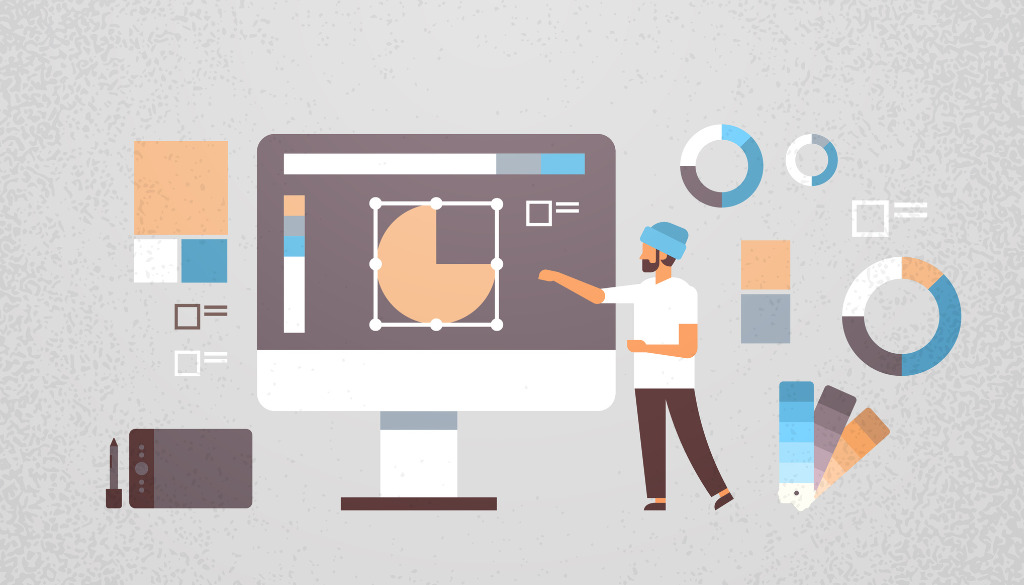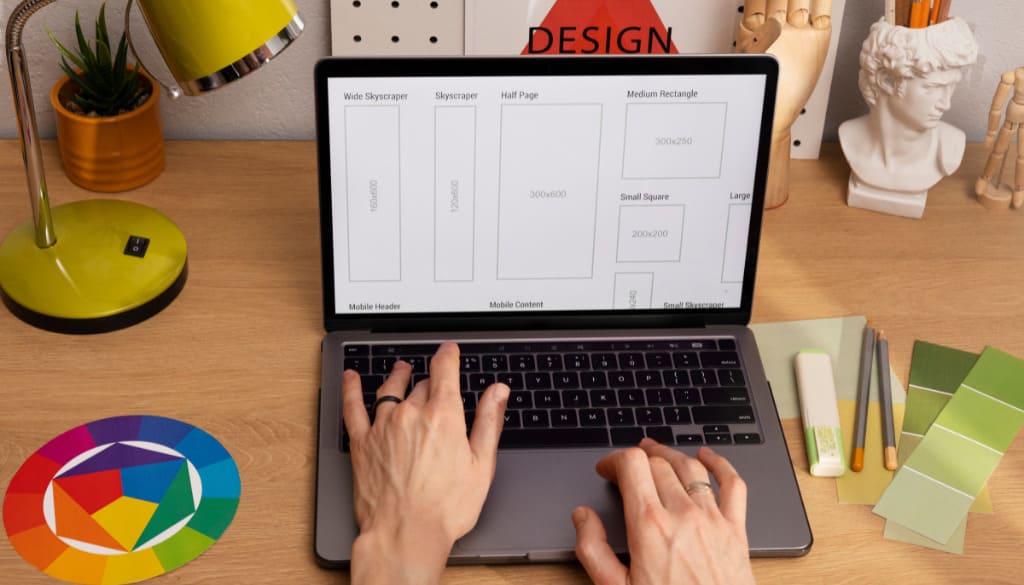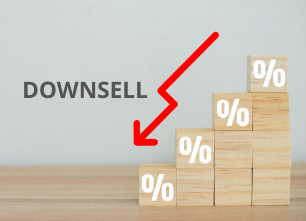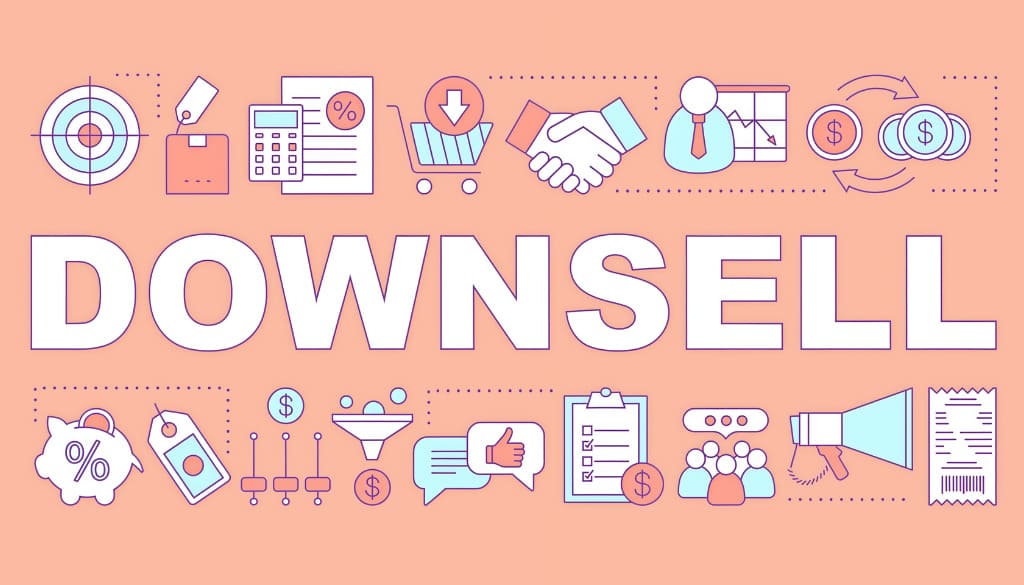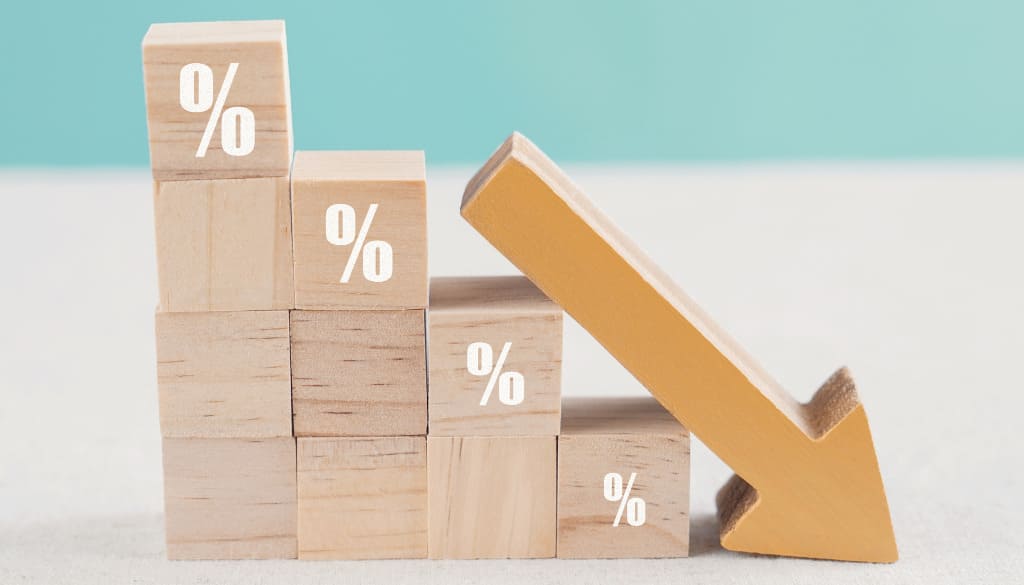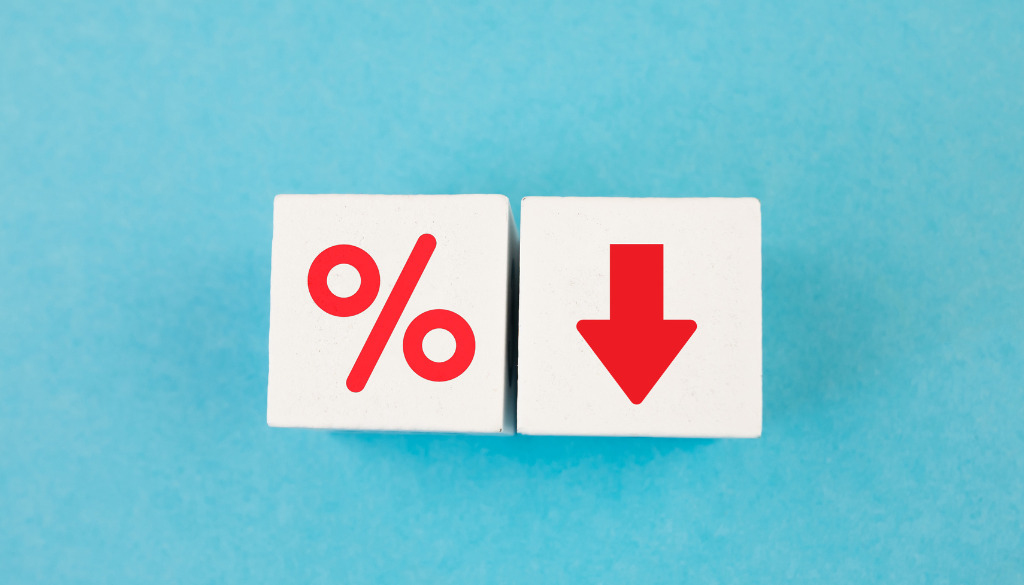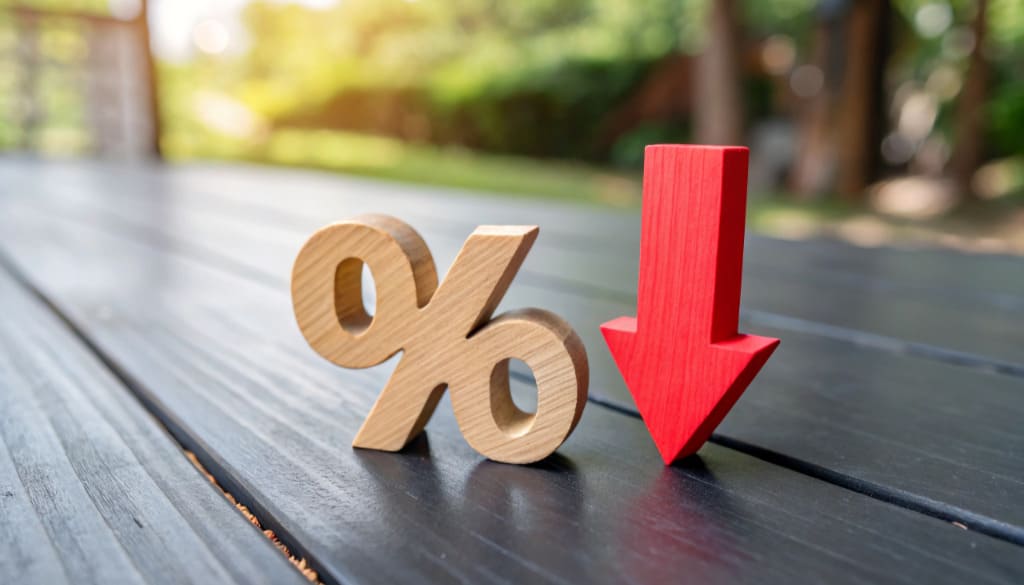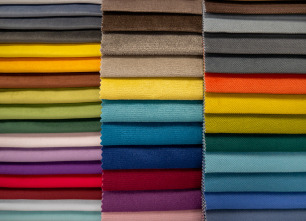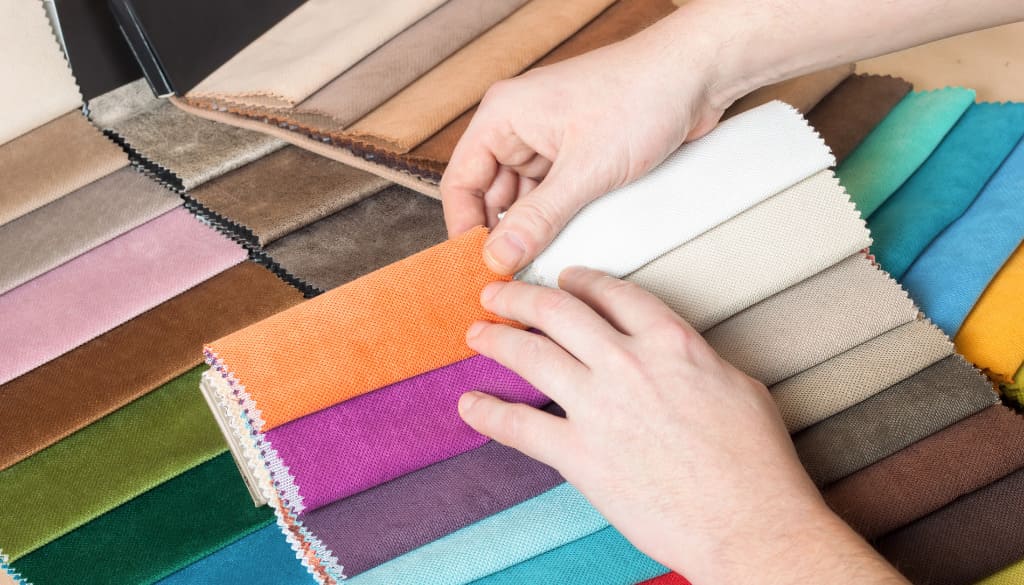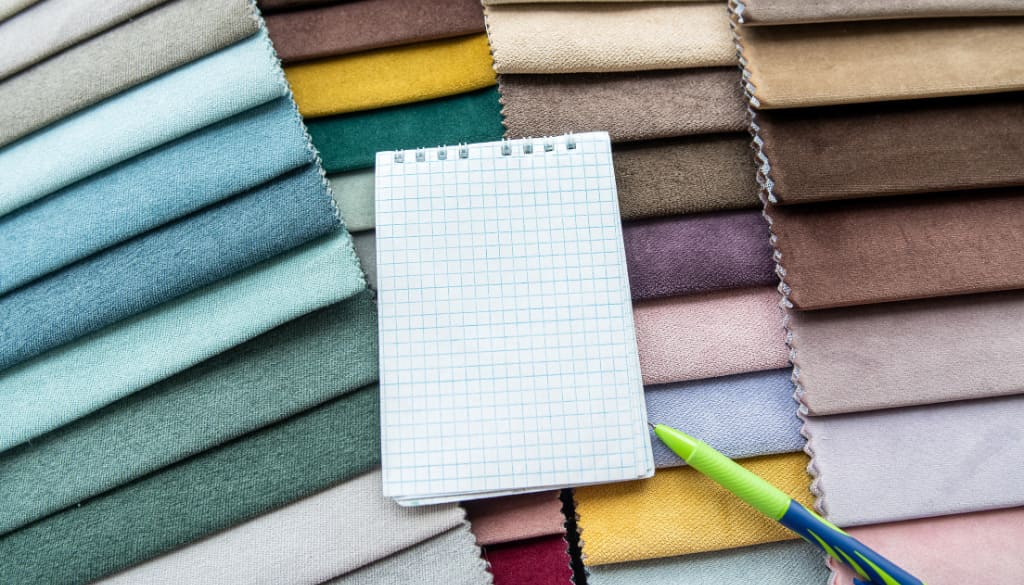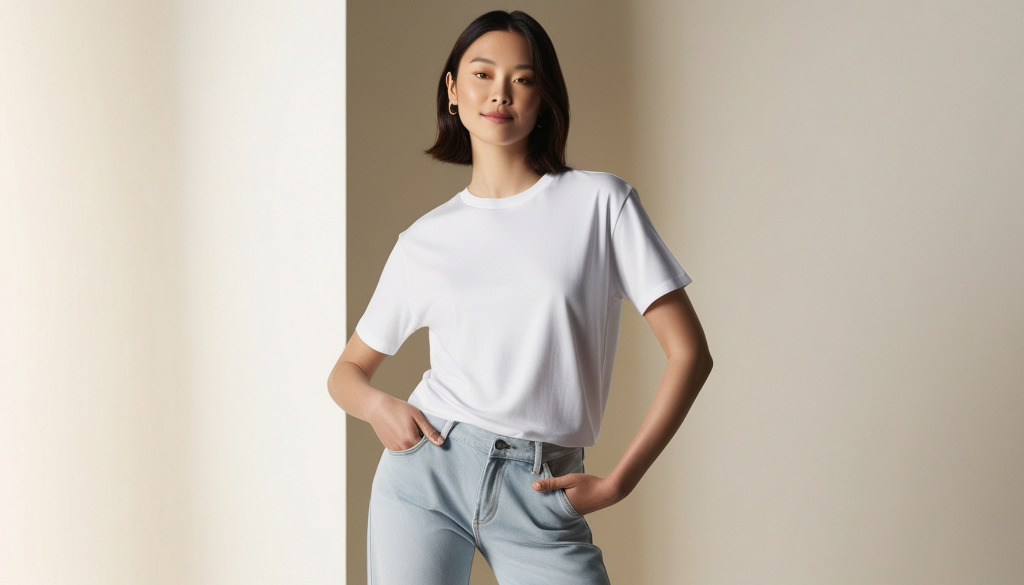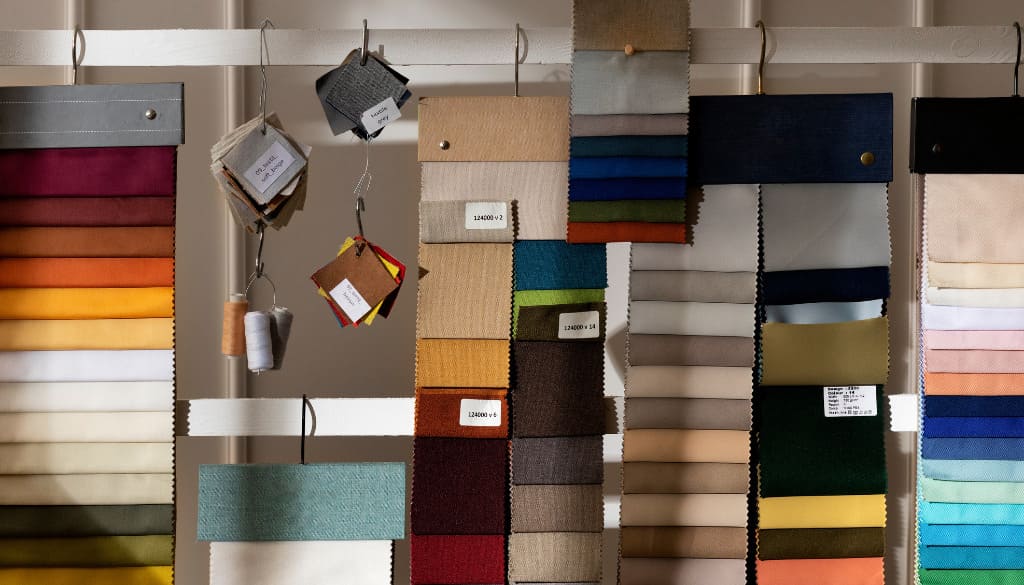In the Print on Demand (POD) market, hoodies are consistently among the top-selling products year-round, with sales especially booming during the fall and winter seasons. Thanks to their versatility, fashion appeal, and limitless design possibilities, hoodies are a top choice for both consumers and POD sellers. However, to optimize product quality and boost sales potential, selecting the best blank hoodies for printing is a crucial first step.
This article will guide you through how to choose POD-ready hoodies, introduce top high-quality hoodie options, analyze suitable printing technologies, and provide practical tips to help you build a sustainable, profitable POD shop.

Criteria for Choosing the Best Blank Hoodie for Printing
Before selecting a hoodie style to sell, sellers need to carefully consider several key factors. A good hoodie isn’t just about looking great it must also be suitable for printing, provide a comfortable experience for customers, and maximize profits for sellers.
Fabric Material
The fabric is the heart of a hoodie. It directly impacts how it feels when worn, its durability, and most importantly, how well it absorbs ink from different printing methods.
100% Cotton (Ringspun Cotton)
- Advantages: Soft, smooth surface with excellent breathability and moisture absorption. This is the “king” material for DTG (Direct-to-Garment) printing, allowing ink to deeply penetrate each fiber. The result is vibrant colors, sharp details, and a natural, soft feel.
- Disadvantages: More prone to wrinkling, slight shrinkage after the first wash, and generally higher cost.
- Best for: Brands focusing on premium quality and customers who prefer a natural feel, especially designs with complex, multicolor DTG prints.
50% Cotton / 50% Polyester (Cotton-Poly Blend)
- Advantages: This is the most popular and versatile combination. Cotton offers softness and breathability, while polyester improves durability, wrinkle resistance, shape retention, and keeps colors vibrant. The smooth surface makes it compatible with various printing methods.
- Disadvantages: Less moisture-wicking than 100% cotton. With DTG printing, colors may be slightly less vibrant, but it works perfectly with DTF (Direct-to-Film), which has been gaining popularity.
- Best for: Most POD sellers. It strikes a perfect balance between quality, durability, price, and printing flexibility.
- Example: Gildan 18500 Heavy Blend™ is a classic choice with this golden ratio.
80% Cotton / 20% Polyester (High Cotton Ratio)
- Advantages: Offers a premium, soft feel similar to 100% cotton while maintaining the strength and shrink resistance of polyester. The outer surface is mostly cotton, making it excellent for printing.
- Disadvantages: Usually priced higher than the 50/50 blend.
- Best for: Brands positioning themselves at a slightly higher-end market segment, delivering the best customer experience.
Popular Hoodie Fabrics in Vietnam
French Terry
- Features: Smooth on one side, with looped yarns on the other resembling fish scales.
- Benefits: Moderate thickness, structured form, breathable, ideal for Vietnam’s climate. The smooth surface is excellent for printing.
Fleece
- Features: Smooth exterior with a brushed, fluffy interior that provides exceptional warmth and softness.
- Benefits: Perfect for winter hoodies, offering superior coziness.
- Note: Choose high-quality fleece to prevent pilling, which can affect the hoodie’s look and feel.
Summary:
Selecting the right blank hoodie is a crucial step for POD sellers. The fabric composition determines print quality, customer satisfaction, and long-term brand reputation. Whether you choose 100% cotton, a balanced 50/50 blend, or a premium 80/20 mix, always ensure the material aligns with your target market, printing method, and brand positioning.
Fabric Weight (GSM)
GSM (Grams per Square Meter) is the measurement used to determine the weight of the fabric. It directly affects the hoodie’s thickness, warmth, and overall premium feel.
- Lightweight (Below 250 GSM):
Thin and lightweight, ideal for summer hoodies or as layering pieces.
Note: May lack a premium feel and can be prone to puckering when embroidered. - Midweight (250 – 340 GSM):
The most common and ideal weight range.
Provides a solid, high-quality feel, good warmth, structured fit, and works perfectly for all printing and embroidery techniques.
Example: The Gildan 18500, with a weight of approximately 271 g/m², is a perfect representation of this category. - Heavyweight (Above 340 GSM):
Thick and warm, offering a luxurious and high-end feel.
Often favored by premium streetwear brands.
Note: Higher cost and can feel too warm for the climate in many parts of Vietnam throughout most of the year.
Style and Fit
- Classic Fit:
A standard straight cut, not too tight, not too loose.
A safe, versatile option that works well for all customer groups. - Oversize/Relaxed Fit:
A leading trend among younger consumers in Vietnam.
Features dropped shoulders and a loose, roomy silhouette for a comfortable and stylish look, perfect for hiding body imperfections.
Tip: Provide a clear sizing guide when selling this fit to avoid confusion. - Key Hoodie Details
- Double-Lined Hood:
Helps the hood maintain its shape and gives a more premium appearance. - Color-Matched Drawcord:
Adds a refined and cohesive look to the design. - Kangaroo Pocket:
A must-have detail that enhances functionality — ensure the seams are sturdy and durable. - Ribbed Cuffs and Waistband:
Ideally blended with Spandex to improve stretch and prevent sagging over time.
- Double-Lined Hood:
Fabric Surface and Printability
A great hoodie for printing must have a smooth, even fabric surface made from high-quality yarns. Ring-spun yarns create a softer, finer texture with fewer loose fibers compared to regular yarns, allowing the ink to adhere evenly and produce sharp, vibrant prints. Fabrics made using Air Jet spinning technology also help reduce pilling and deliver a smoother surface for superior print results.
Colors
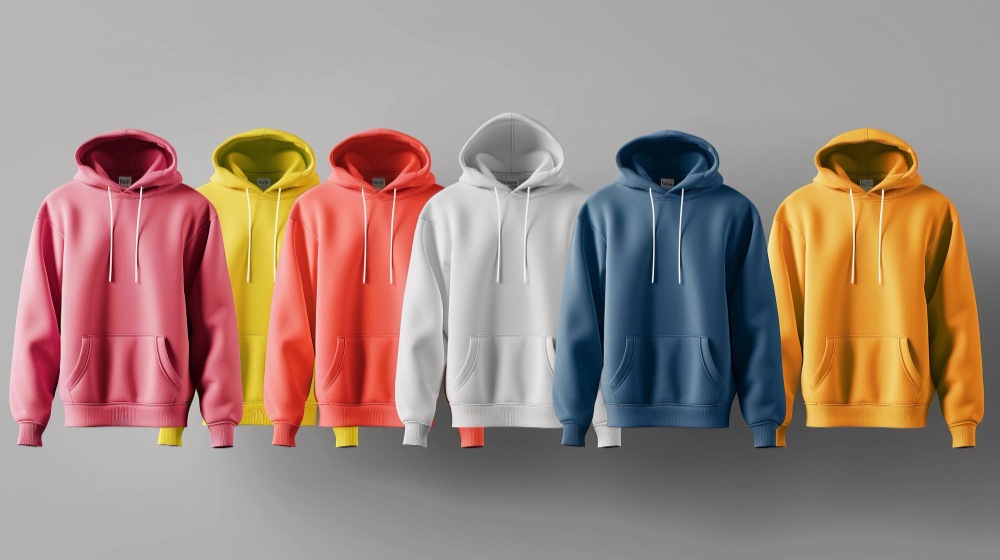
Choose blank hoodie suppliers that offer a wide range of colors, but focus primarily on the core, best-selling shades:
- Neutral Colors:
Black, White, Sport Grey/Heather Grey, Navy Blue, Sand/Beige.
These colors dominate sales because they are easy to style and make designs stand out. - Trendy Colors:
Pastels, earth tones (brown, olive), and seasonal trending shades that change each year.
Pricing & Base Cost
Base cost (the original price of the product including printing costs) is a critical factor that directly affects retail pricing and determines your profit margin. An optimized base cost isn’t just a number, it’s a strategic competitive advantage.
With a strong base cost, you gain flexibility and control over your pricing strategy, allowing you to:
- Increase profit margins on every successful order.
- Run promotions and discounts to attract more customers without significantly impacting profitability.
- Compete effectively with countless other shops on highly competitive platforms like Amazon, Etsy, and especially TikTok Shop.
For new sellers, selecting products with reasonable base costs and no Minimum Order Quantity (MOQ) should be the top priority. This approach helps reduce financial risk, giving you the confidence to experiment with different designs and products to find the “winning product” for your store.
Top Blank Hoodies for Printing Today
Based on the criteria above and our experience working with thousands of sellers, FlashShip recommends the following hoodie styles that have been proven for quality and popularity in the global POD market as well as in Vietnam.
Gildan 18500 Heavy Blend™ Hooded Sweatshirt
If there is one “undefeated” hoodie for POD, it’s undoubtedly the Gildan 18500. This hoodie is not only a best-seller but also considered an industry standard.
- Material: 50% U.S. Cotton / 50% Polyester.
This perfect blend combines the softness of cotton with the durability and wrinkle resistance of polyester.
The inner layer features soft, warm fleece for superior comfort. - Fabric Weight: 271 g/m² (8.0 oz/yd²) – a midweight sweet spot that feels substantial and worth the price.
- Fit: Classic unisex fit suitable for both men and women. Includes a double-lined hood, color-matched drawcord, kangaroo pocket, and Spandex-blended ribbed cuffs and waistband for durability and flexibility. Its fit and design are trusted globally, ensuring consistency for all sellers.
Why POD sellers should choose Gildan 18500:
- Outstanding print quality: The fabric is treated with Air Jet technology to significantly reduce pilling, providing a smooth canvas for both DTG (Direct-to-Garment) and DTF (Direct-to-Film) printing.
- Competitive pricing: Gildan is well-known for delivering high-quality products at extremely affordable prices, allowing sellers to maximize profit margins.
- Reliable supply chain: As one of the most widely used hoodies in the world, Gildan 18500 (especially through large partners like FlashShip) offers stable availability, ensuring your business won’t face disruptions even during peak sale seasons.
- Trusted brand reputation: Customers in key markets like the U.S. and EU are already familiar with and confident in Gildan’s quality.
FlashShip is proud to be an official distributor of authentic Gildan 18500 blanks, making it easier for Vietnamese sellers to access internationally recognized products and conquer global markets.
Bella + Canvas 3719 Unisex Pullover Hoodie
- Highlight: Fashion-forward with an incredibly soft and luxurious feel. Bella + Canvas is renowned for its Airlume combed and ring-spun cotton, offering unmatched comfort and a modern retail fit that appeals to style-conscious customers.
- Material: Typically made from premium cotton/poly blends for a smooth, high-quality finish.
- Best for: Fashion-focused brands targeting younger audiences who appreciate softness, style, and premium feel. Note: The price point is higher compared to Gildan.
Champion S700 Double Dry Eco® Hooded Sweatshirt
- Highlight: A heritage brand known for durability and legacy craftsmanship.
The signature “C” logo on the sleeve adds extra value and appeal.
The fabric is thick and sturdy, ideal for a premium feel. - Material: Commonly a 50/50 cotton-polyester blend, with part of the polyester made from recycled fibers.
- Best for:
Sellers who want to leverage Champion’s brand reputation, ideal for sportswear, retro, or streetwear designs.
Local Manufacturers & Custom Options in Vietnam
- Advantages:
- Deep customization of materials (e.g., French terry or brushed fleece).
- Freedom to choose colors and fit styles, such as oversize or relaxed fit.
- Competitive pricing when producing in bulk.
- Disadvantages:
- Usually requires Minimum Order Quantities (MOQ), which doesn’t align well with the POD model where items are printed on-demand.
- Quality and sizing inconsistency between batches can be a major risk for online sellers.
- Quality control is challenging, especially when managing remotely.
Popular Hoodie Printing Technologies
Once you’ve chosen the right blank hoodie, the next step is selecting a printing method that brings your designs to life. Each printing technology has its own strengths and limitations, making it better suited for certain fabrics and business goals.
DTG Printing (Direct-to-Garment)
How it works:
Similar to a paper inkjet printer, a DTG printer sprays water-based ink directly onto the fabric’s surface. The ink penetrates the fibers, creating a seamless, soft print.
Advantages:
- Can print complex, multicolor, and gradient designs with high detail and accuracy.
- Soft, breathable print finish since the ink is absorbed into the fabric.
- Ideal for the POD model because there are no upfront setup costs, and you can print starting from just one item.
Disadvantages:
- Works best on 100% cotton; performance decreases on cotton-poly blends.
- Colors may appear less vibrant on dark fabrics, even with a white underbase layer.
- Higher ink costs can increase the final product price.
When to use DTG:
Perfect for designs that are highly detailed, multicolored, or complex, especially when printing on hoodies with a high cotton content.
DTF Printing (Direct to Film)
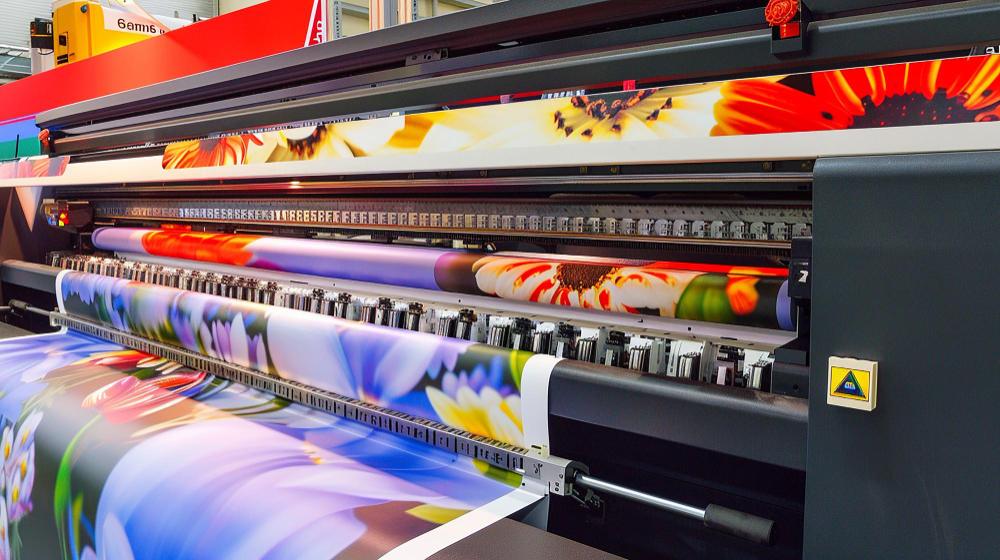
This rapidly growing technology is considered a “game-changer” in the POD industry.
How it works:
The design is first printed onto a special PET film. A layer of heat-melt adhesive powder is then applied to the design. Finally, the film is heat-pressed onto the hoodie, where the adhesive melts and bonds the print securely to the fabric surface.
Advantages:
- Prints on almost any fabric type: Cotton, polyester, canvas, leather, and more — a major advantage over DTG.
- Extremely vibrant and sharp colors, even on dark fabrics.
- High durability: The print is flexible, resistant to cracking, peeling, or fading even after many washes.
- No fabric pre-treatment required, making the process faster and more efficient.
Disadvantages:
- The print may feel like a thin layer on top of the fabric, which can feel slightly less breathable than DTG for large, solid designs.
- Requires specialized equipment and precise workflow to maintain consistent quality.
When to use DTF:
Ideal for printing on 50/50 Cotton-Poly hoodies like Gildan 18500, when you need vibrant colors or designs with fine, intricate details. This is a highly flexible and efficient printing method for POD sellers.
Screen Printing (Silk Screen Printing)
How it works:
Uses a mesh screen to apply each color of the design separately. Each color requires its own screen.
Advantages:
- Produces extremely durable and vibrant colors.
- Very low cost per unit when printing in bulk (hundreds or thousands of pieces).
Disadvantages:
- High initial setup cost for creating screens.
- Not suitable for multicolor designs or small batch production.
- Not practical for POD models, which print on-demand, one order at a time.
When to use Screen Printing:
Best for mass production (e.g., company merch, event apparel) with simple, limited-color designs.
Tips for POD Sellers
Choosing the right blank hoodie and printing technology is just the beginning. To truly succeed, you need a smart business strategy that helps you grow sustainably and stand out in the competitive POD market.
Find the Right Niche Market
Don’t try to sell to everyone. Instead, focus on one specific target audience for better marketing and product relevance.
- Hobby-based niches: Pets (dogs, cats), reading, gardening, yoga, gym, gaming, coding, etc.
- Profession-based niches: Nurses, engineers, teachers, designers, etc.
- Culture-based niches: Trending quotes, memes, retro styles, Y2K fashion, and other pop culture influences.
- Event-based niches: Christmas, Halloween, Lunar New Year, and other special holidays or occasions.
A clear niche helps you create personalized, appealing designs that connect deeply with your customers.
Optimize Designs Specifically for Hoodies
A hoodie is not just a t-shirt, it offers unique design spaces that you can leverage creatively.
- Prime placements:
- Left chest area: Perfect for logos or small, minimal designs.
- Center back area: A classic, safe spot for larger, eye-catching artwork.
- Avoid problem areas:
- Don’t place important design elements across the pocket seams.
- This can distort the design and reduce print quality.
- Maximize hoodie real estate:
- Use sleeves for vertical designs or text.
- Add subtle, unique details to the hood area for a surprise element that helps your hoodie stand out.
- Simplicity sells:
- Minimalist designs are especially popular in today’s Vietnamese fashion trends.
- Simple typography or line-art illustrations on neutral-colored hoodies tend to resonate well with buyers and are easy to pair with different outfits.
By targeting the right niche and designing specifically for hoodies, POD sellers can create products that stand out, resonate with customers, and increase both sales and brand loyalty.
Building a Smart Pricing Strategy
Your profit can be calculated with the following formula:
Profit = Selling Price – Base Cost (blank hoodie + printing cost) – Other Expenses (marketing, platform fees, etc.)
- Market Research: Start by researching the current market prices to see how much your competitors are selling their hoodies for.
- General Pricing Rule: Retail prices should generally be 40–60% higher than your base cost to ensure a healthy profit margin. Example: If your base cost is $20, you should price your hoodie between $33–$38.
- Perceived Value: If you have a unique design or a strong brand, you can confidently set a higher price. The quality of the blank hoodie, such as Gildan 18500, can also increase perceived value, making customers more willing to pay a premium.
Effective Marketing
Focus on High-Quality Visuals
- Create professional, attractive mockup photos of your hoodies.
- Use models that reflect the style and preferences of your target audience to make the visuals more relatable.
Sales Channels
- Facebook & Instagram:
- Run targeted ads based on interests and behaviors related to your niche.
- Collaborate with micro-KOLs/KOCs (Key Opinion Leaders/Consumers) to review and promote your products.
- TikTok:
- Create short, trendy videos showcasing your design process or styling ideas for your hoodies.
- Leverage TikTok trends to boost engagement and reach.
- E-commerce Platforms:
- Take advantage of their massive organic traffic.
- Be prepared for highly competitive pricing.
Choosing a Reliable Fulfillment Partner
This is the final and most crucial piece of the puzzle. A fulfillment partner like FlashShip manages the entire process, from inventory, printing, and packaging to shipping the product directly to your customers.
Why Choose FlashShip?
- High-Quality Product Catalog:
- We provide globally trusted hoodie blanks, including the Gildan 18500, a top favorite among sellers worldwide.
- Advanced Printing Technology:
- FlashShip uses state-of-the-art printing systems to ensure your designs are sharp, vibrant, and long-lasting.
- Automated Process:
- Our system seamlessly integrates with your sales platforms, automatically receiving and processing orders.
- This saves you time so you can focus on creativity and marketing.
- Dedicated Support:
- Our team is always ready to assist sellers, from product selection to resolving any issues that may arise.
By combining smart pricing, effective marketing, and a trusted fulfillment partner like FlashShip, you can build a strong foundation for sustainable growth and long-term success in your POD business.
In today’s competitive POD market, choosing the right blank hoodie for printing isn’t just the first step it’s a key factor in ensuring long-term success. A high-quality hoodie serves as the face of your brand, protecting your reputation while helping your products stand out among thousands of competitors.
Start today: research the market, choose the right hoodie style, and invest in designs that carry your unique brand identity, turning each product into a powerful storytelling piece. Every decision you make now will become the foundation for tomorrow’s strong growth.
At FlashShip, we are committed to supporting you at every stage — from premium production and advanced printing technology, to fast domestic U.S. shipping starting from just 2 days, all integrated with a smart, seamless fulfillment system for easy management.
For product consultation or to create an account, contact us today at (+84) 943 024 337 or visit FlashShip.net for dedicated support and start conquering the POD market with confidence!
